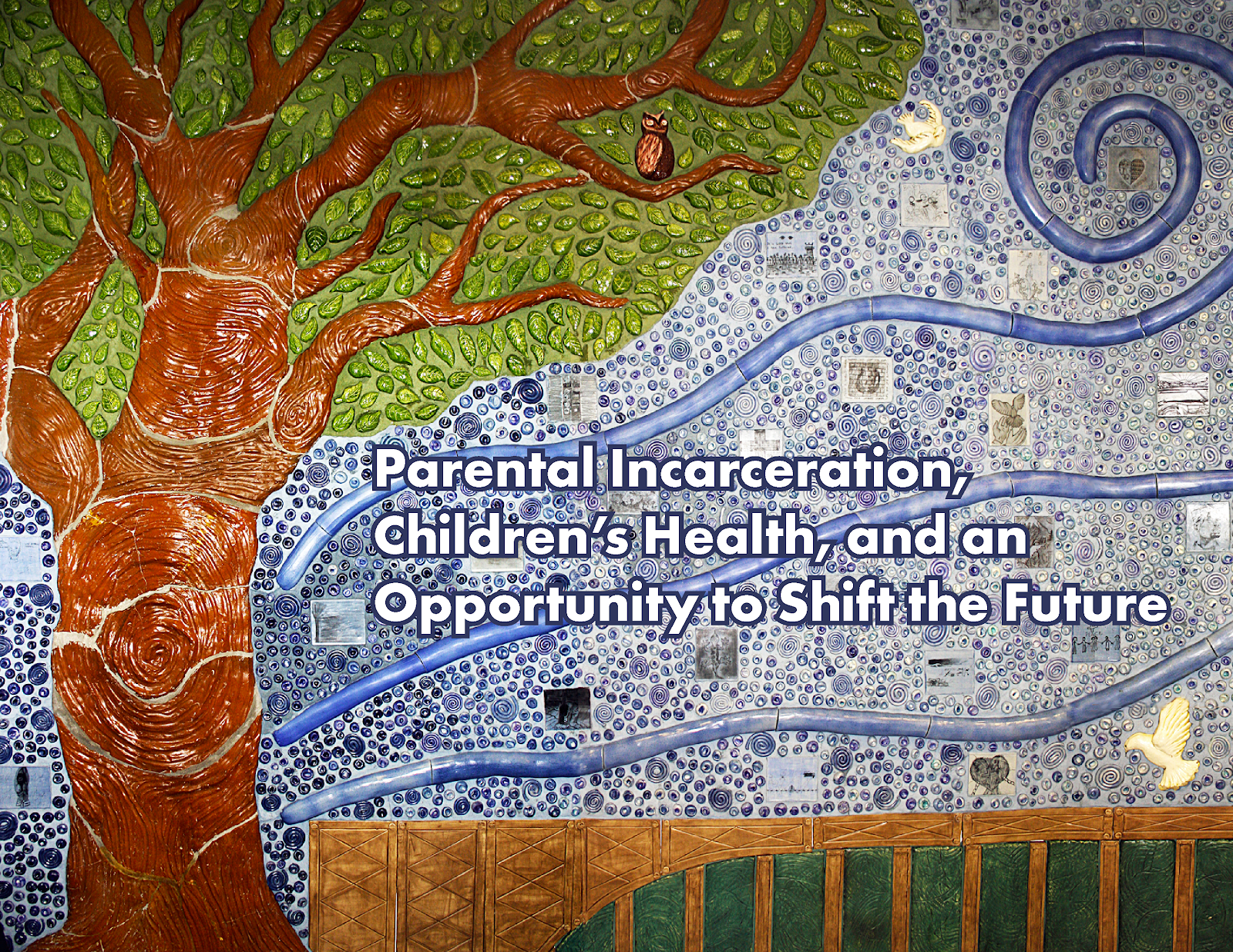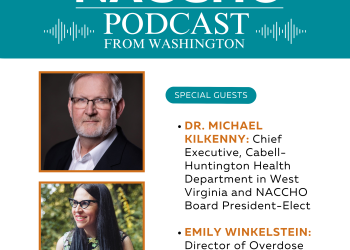By: Judi Jennings, Special Project Director, Louisville, KY
The Special Project recently completed a health impact assessment (HIA) demonstrating how public health leaders, artists and criminal justice reformers can work together to assess how parental incarceration harms children’s health. The HIA and health equity framework proved to be important tools for proposed policy change; art and community-based leadership played important roles, too. The HIA was completed in collaboration with the Louisville Metro Department of Public Health & Wellness and the Center for Health Equity
Challenge:
The US Centers for Disease Control and Prevention identify parental incarceration as a serious adverse childhood experience, a form of trauma causing toxic stress, which, if not mitigated, can harm mental and physical development. In A Shared Sentence: The Devastating Toll of Parental Incarceration on Kids, Families and Communities, the Annie E. Casey Foundation points out that when a parent is incarcerated, families can lose their homes and children may go into foster care. In these ways, neighborhoods are fractured and socially and economically impacted.
This means there is an urgent need for health care providers to work with criminal justice decision makers to mitigate the negative impacts of parental incarceration on children nationwide. The Osborne Association, with funding from the Robert Wood Johnson Foundation, has developed a tool to do just that. The Family Responsibility Statement informs judicial decision making for defendants who are financially and emotionally supporting children.
According to KIDS Count Data Center, Kentucky has the second highest rate in the nation of children with an incarcerated parent, and this is a long standing trend. The Special Project originated in 2008 as a program of the Kentucky Foundation of Women to create weekly art activities with children in the visitors lobby of the Louisville Metro Jail every Sunday night. Over the years, the art activity leaders have witnessed how increasing parental incarceration is affecting children in the community.
Solution:
In 2015, the Special Project became an independent network of artists and advocates and began focusing on policy change. The project received two County Health Rankings and Roadmaps Coaching Awards and identified the Family Responsibility Statement as a focus.
In 2016, through a community partnership, the Special Project received grant funds from the Health Impact Project, a collaboration of the Robert Wood Johnson Foundation and the Pew Charitable Trusts with funding from the Kresge Foundation. The grant demonstrated how the HIA process can be used to evaluate proposed policy changes, and the Special Project opted to do an HIA of the Family Responsibility Statement.
The Louisville Metro Department of Public Health & Wellness (LMPHW) worked mainly on the first three of the six steps in the HIA process: screening, scoping, and assessment, including an extensive review of existing research.
The Special Project focused mainly on recommendations, reporting, and monitoring and evaluation. The Special Project also organized two focus groups. One brought together families with direct experience of parental incarceration, and the second focused on health and social service providers, as well as corrections and legal practitioners.
The HIA is a challenge for community-based groups. The screening, coping, and assessment components require specialized research skills that many groups might not have. Community groups are often formed for direct action rather than research. When a challenge is plainly visible, such as overcrowding in the visitors’ lobby of the jail, it can be hard to take the time and resources to research the reasons behind the problem instead of starting with an action or protest.
LMPHW’s Center for Health Equity provides an important bridge between research and action through their racial equity framework, revealing significant racial disparities. For example, in Jefferson County, where Louisville is located, black males 18 and older are 9.49% of the adult population; yet they account for 41% of those incarcerated in the Louisville Metro Jail. That means black children are also disproportionately impacted, and action is needed.
Results:
Linking health equity to criminal justice policies is a game changer.

The HIA proved essential to document how parental incarceration harms children’s health. The Center for Health Equity framework connects health behaviors, root causes, and systems of power shaping racial and gender inequities. The collaborative HIA report, released on September 13, 2018, demonstrates how using the Family Responsibility Statement can not only benefit individuals but also address root causes, such as early childhood development, and systemic inequities.
The key component the Special Project brought to the HIA process is art. The Project commissioned the powerful community mural for the jail’s exit lobby. Corrections staff, families, community groups, and artists inside and outside the jail created hopeful images of positive change. Like the weekly activities in the visitors lobby shows, making art together creates safe spaces across race and gender, age, physical abilities, language and immigration, and incarceration status.
Creating art together is a way to make the HIA and other policy change processes easily accessible for all community members. Working together, we can create healthier and more equitable communities for all.
Lessons learned:
- Working collaboratively for policy change is essential because there is so much work to do and there are so many differing perspectives that need to be taken into consideration.
- People directly affected by parental incarceration must be at the forefront of criminal justice policy change because they are the experts of their own experiences.
- Art inspires creative expressions of ideas and experiences that can be hard to put into words.
- It is important to publicly recognize systems of power that create inequities and not just talk about the economic efficiencies of criminal justice reform when working for systems change.
- Funding is important, but having a focused and documented plan of action is more important for equitable policy change.
- The HIA, when conducted with the help of strong allies, can be an effective tool for community groups.
- Policy changes in health take longer than expected.
- Policy changes in criminal justice take twice as long as expected..
- It is important to believe in hope and not helplessness when working for health and criminal justice policy change.
- Making art together means practicing love and respect to all participants regardless of perceived differences.
Learn more about the HIA from this Louisville Public Radio story.
Learn more about NACCHO’s HIA work here.



